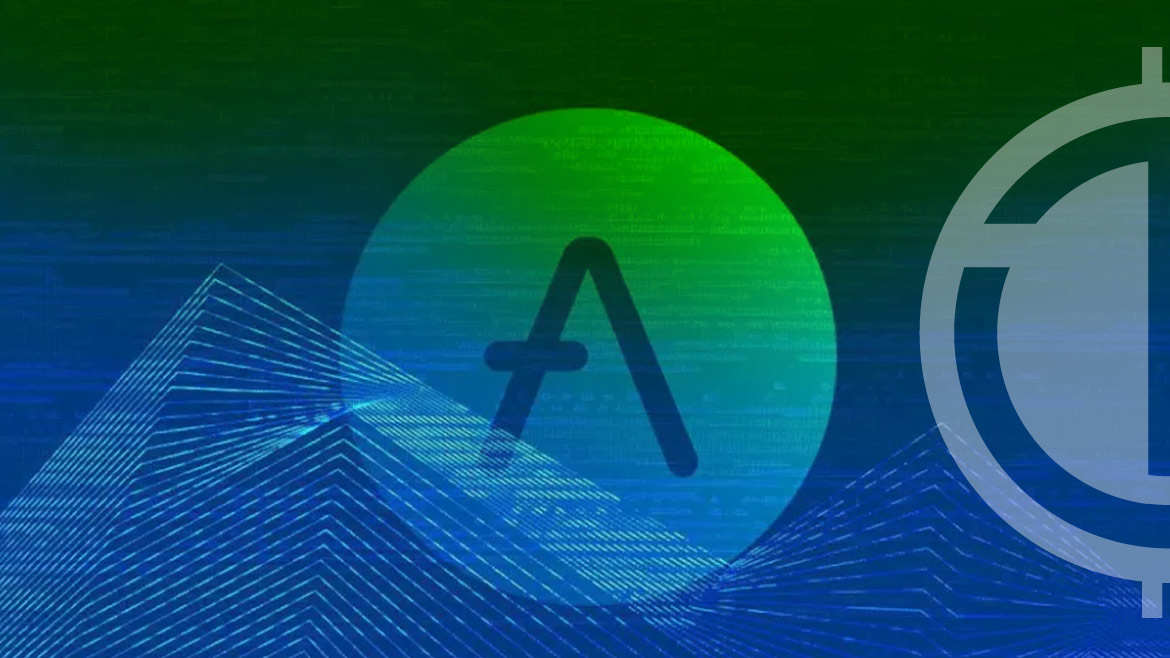According to data from Santiment, Aave has been seeing a surge in address activity as well as an increase in the number of addresses being created, both of which are normally crucial components for the growth in price of an asset. The protocol is now achieving benchmarks that have not been reached since the middle of July.
Moreover, according to the data provided by DefiLlama, the volume of Aave’s Total Value Locked (TVL) has recently been on the rise. However, at the time of writing, Aave’s price is still in the red.
Decentralized finance, sometimes known as DeFi, is primarily concerned with the development of blockchain algorithms that can handle staking and manage data-related accessibility. However, it is unusual to find a platform that meets the concerns of investors around loan and borrowing.
Aave (AAVE) plans to do this by developing a platform that will enable users to trade in digital assets and will also provide users with the opportunity to borrow and lend cryptocurrencies to one another.
After the first version of the protocol was made available to the public, the company moved on to build variations 2 and 3. And each variant served a distinct financial institution’s needs. The TVL that was shown was the result of adding together all of Aave’s variations.
In related development, Aave’s Lido Staked Ethereum (stETH) Earn Strategy is now available on Oasis.app, the borrower’s interface for MakerDAO’s stablecoin, DAI.
Users will be able to borrow Ethereum, often known as ETH, against their stETH holdings thanks to the new technique. It has always been able to do that by first making a deposit of ETH and borrowing stETH from the Lido protocol, and then going to another platform, such as Aave, to borrow stETH in return for ETH again.






